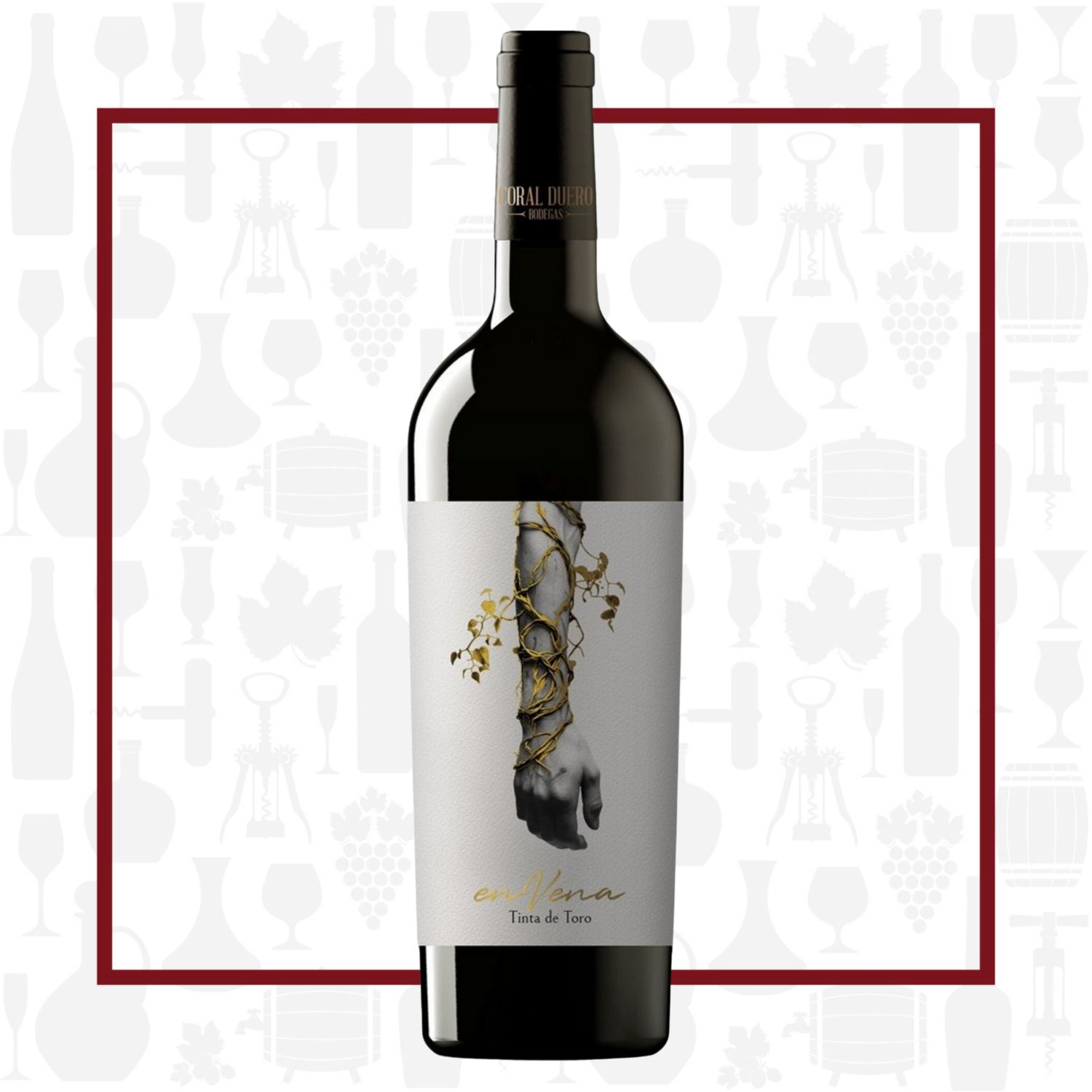Cellar Profile
The winery, founded in 2003, boasts some of the oldest vines in all of Spain and the oldest in the Toro region. Focusing exclusively on Tinta de Toro — known as Tempranillo in the rest of Spain — Coral Duero has 140 year-old plantings still producing fruit! Dry farming is mandatory within DO Toro as annual rainfall is a scant 350-400 mm. Mostly bush-trained vines dig deep to find a water source, working their way through differing layers of rock and sand, garnering minerality and complexity along the way. There is little organic matter naturally occurring in this hot, stony region, so vines are carefully spaced approximately 3m apart (much further apart than traditional vineyards) and yields from each vineyard site are miniscule. Vineyard management and harvesting are done by hand, in the early mornings, to avoid the searing heat of the day. The temperatures in the evening drop precipitously, allowing the grapes to retain freshness.
Region
Toro is a subregion of Castilla y Leon in northwest Spain. These sandy soils blocked the invasion of phylloxera that plagued much of Europe’s vineyards, so Toro is home to some of the oldest un-grafted vineyards on earth. Wine production here stretches back over two thousand years. Historically the region produced mainly rustic, grippy, tannic reds with plenty of alcohol and it was little known outside of Spain. Fine wine production began in earnest at the turn of this century, when some of the biggest names in Spanish wine became eager to tame this wild, hot, arid landscape and to work with these heritage vines. Toro was given DOP status in 1987. The primary grape here is Tinta de Toro, a local clone of Tempranillo. There are also plantings of Garnacha, Malvasia, Verdejo and Moscatel. The climate is continental: summers are intensely hot, winters can be quite cold and rainfall during the growing season can be scarce. Sitting on a high plateau (650-700 masl), the soil is composed primarily of clay, lime and sand. Toro is split into two sections, with the Duero River running through the middle of it.
Vineyard
Coral Duero’s Rompesedas plot boasts some of the oldest vines in all of Spain. These vineyards are dry-farned and bush vine-trained. These mineral poor, rocky soils force grapes to fight their way to underground water sources.
Winemaking
Hand-harvested from dry-farmed, old bush vines and brought immediately to the winery to be kept in a cold chamber to avoid unwanted fermentation occurring. Double selection of bunches and individual berries before maceration and fermentation using indigenous yeast in stainless steel. The wine is then transferred into a combination of American and French oak for malolactic conversion and 4 months of aging.
Varieties
Tempranillo is an early ripening variety that tends to thrive in chalky vineyard soils such as those of the Ribera del Duero and Rioja regions of Spain. In Toro, the rocky, inhospitable ground and intense summer heat leads to small berries with thick skins, giving wines of immense structure and dark pigmentation. Most of these vines are bush-trained in order to protect the berries from too much sun. In Portugal, where the grape is known as Tinto Roriz and Aragonez, it is blended with other varieties to produce Port. In 2015, Tempranillo was the fourth most widely-planted wine grape variety worldwide; 87% of these plantings are in Spain. Depending on vineyard age and mesoclimate in which the grapes are grown, these wines will have flavour profiles ranging from strawberries, blackcurrants and cherries to prunes, chocolate and tobacco.
Tasting Notes
A nose of blackberry, cranberry, violets and a whiff of toast. The palate is firm and structured, but the tannins are surprisingly evolved for such a young wine. The weight of this big red (clocking in at a sturdy 14.9% alcohol) is offset by a good amount of acidity. But make no mistake, this is a lot of wine! Notes of red and black fruits, baker’s chocolate, pipe tobacco and umami. The tannins and body suggest pairing with rack of lamb, braised beef or a medium-rare rib eye.

